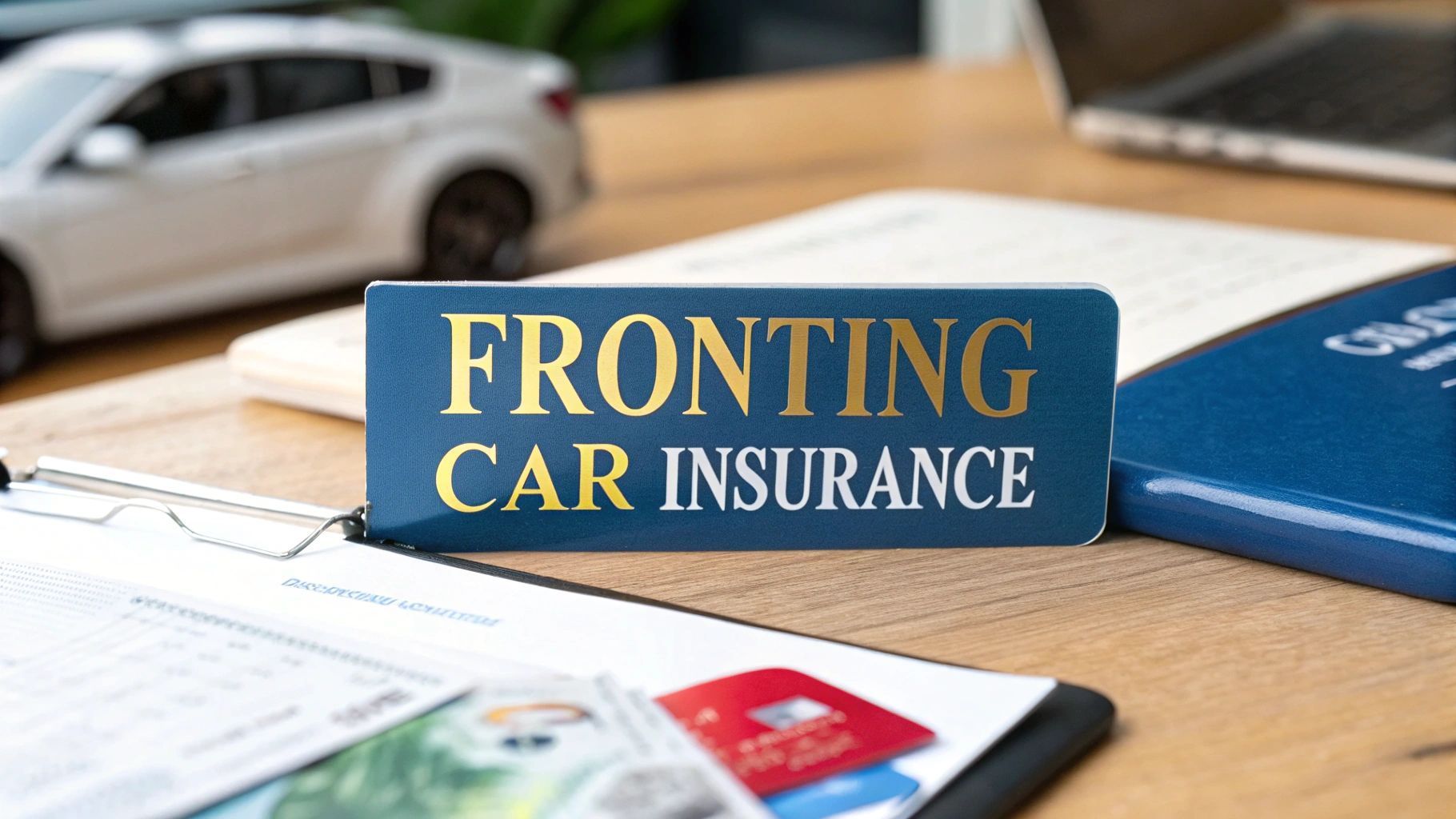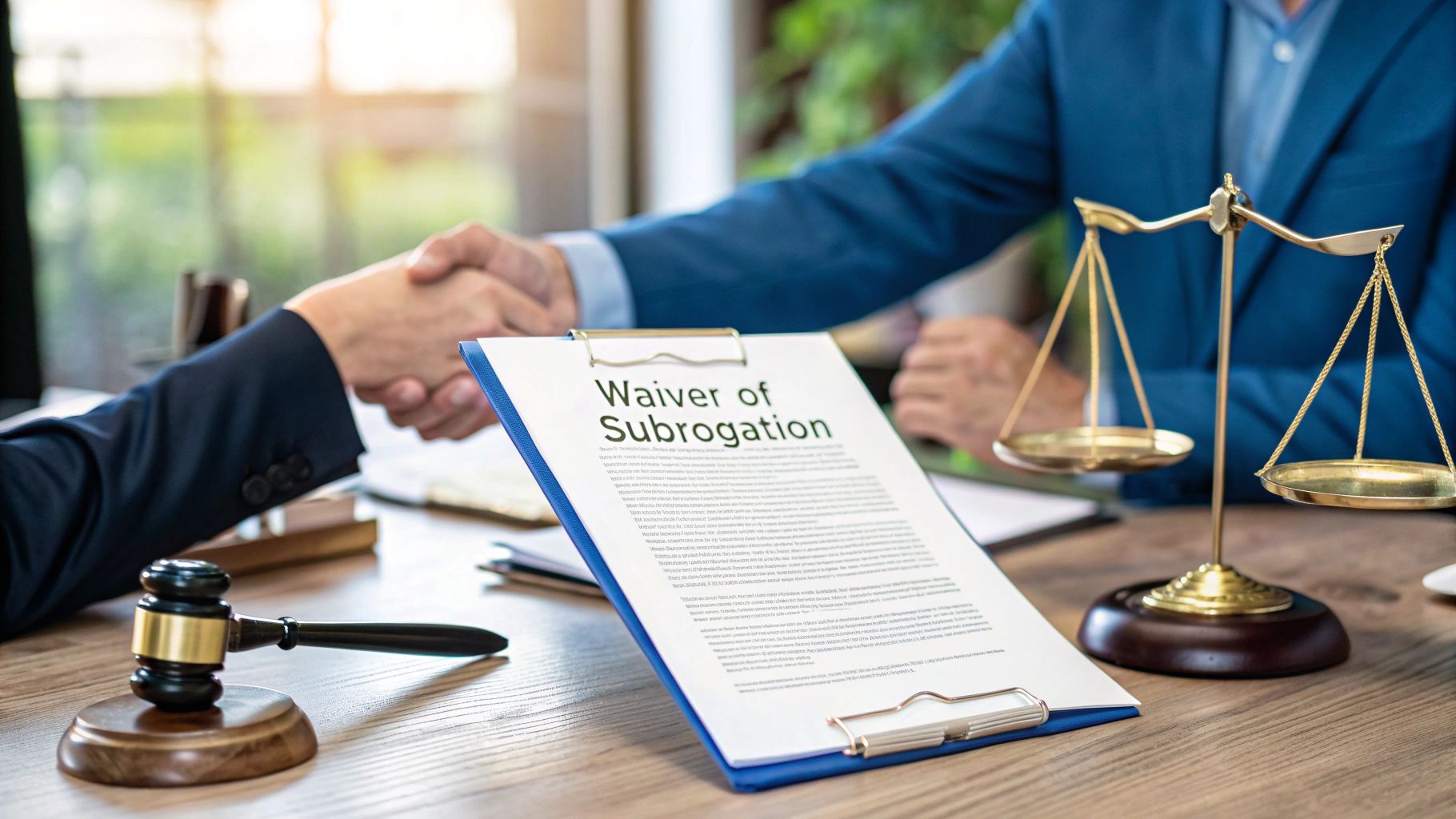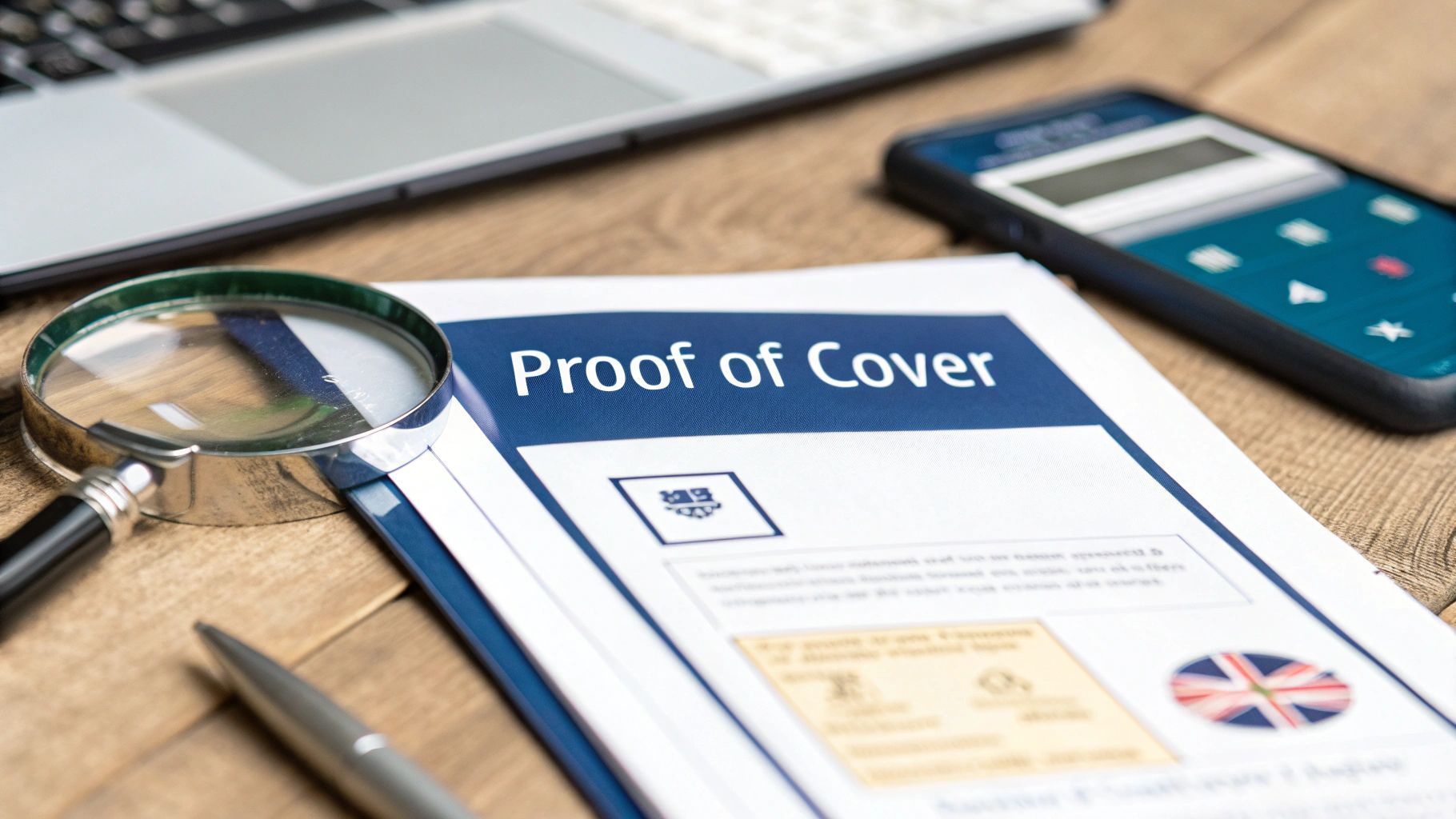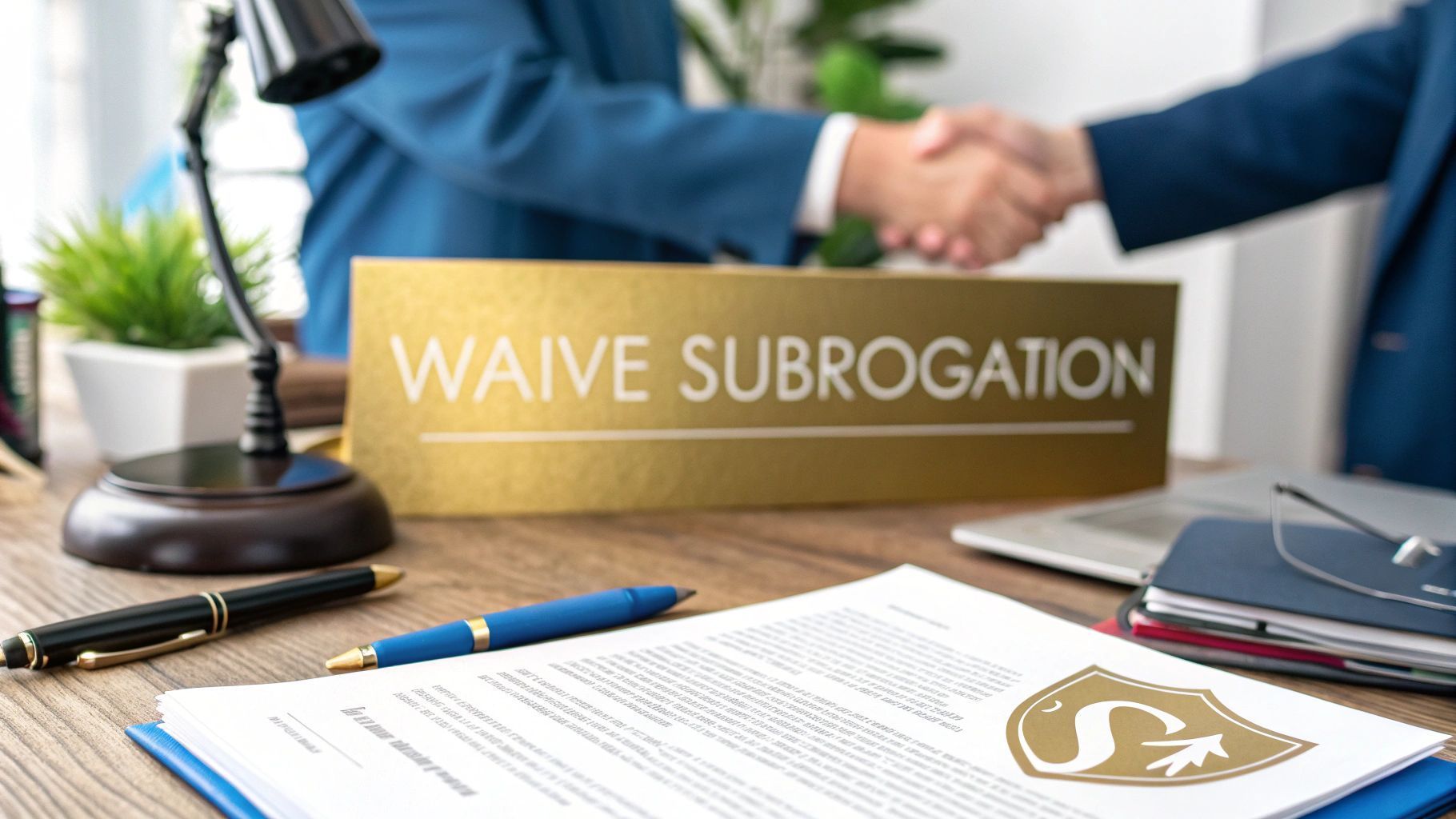Fighting Fraud Before It Happens: The Power of Verified Evidence
How capturing and validating user data early helps prevent fraud at the source
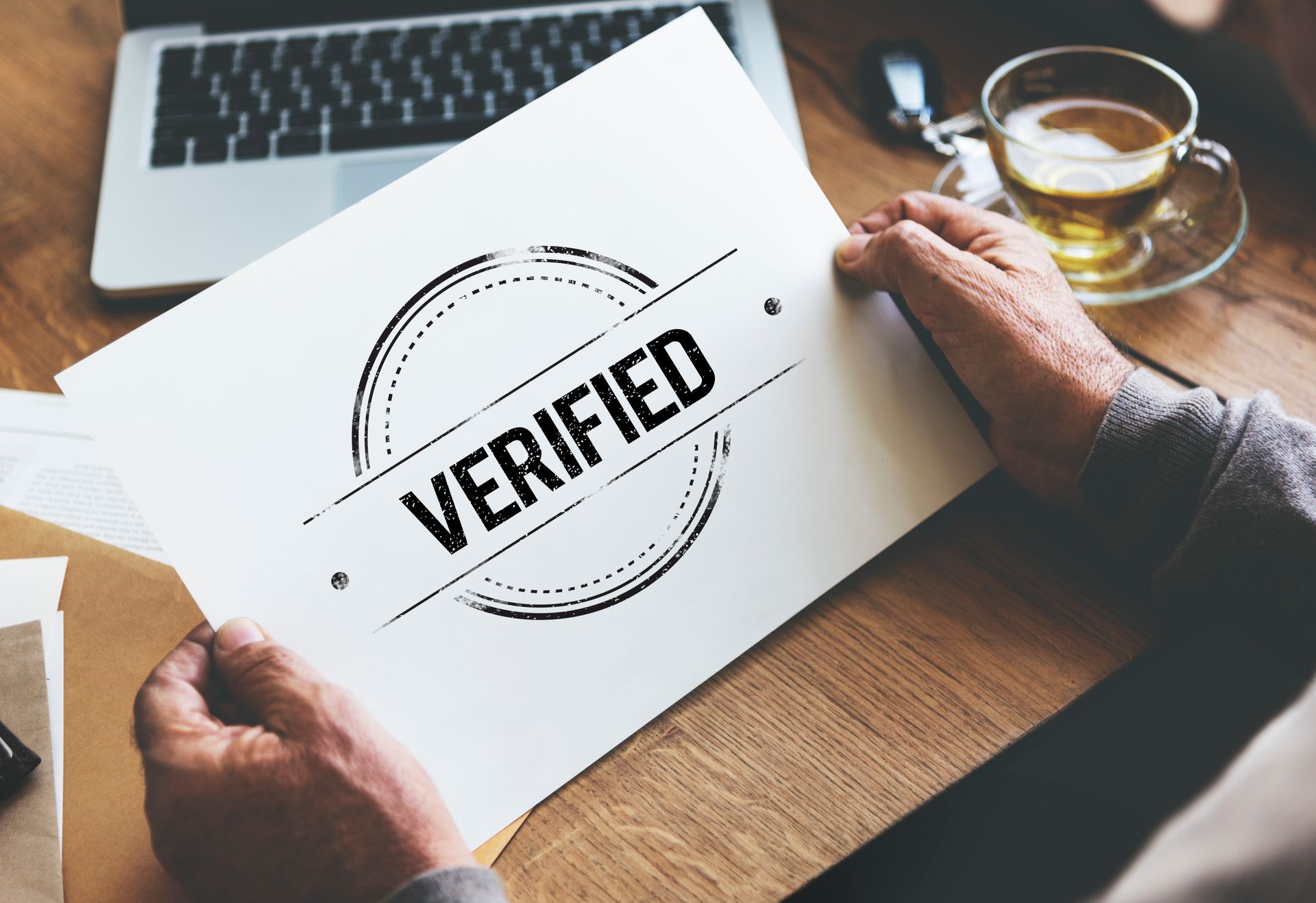
Preventing Fraud at the Source
Fraud is not just an afterthought. In today’s digital first world, it needs to be addressed long before a claim, complaint or request is submitted. One of the most powerful tools in this fight is verified evidence, accurate, tamper proof data collected at the very beginning of a user interaction. By capturing and validating this information early, businesses can stop fraud in its tracks and create a more trustworthy environment for genuine users.
What Is Verified Evidence
Verified evidence refers to data that has been authenticated and recorded before any dispute or claim occurs. This could include time stamped photos, GPS coordinates, identity documents, device fingerprints or behavioural patterns, all tied to a specific user action.
Unlike traditional data, which can be altered or faked, verified evidence is collected through secure methods and linked to a real user in real time. It is not just about having data, but having data that holds up under scrutiny.
Why Early Validation Matters
Many organisations only begin verifying information when something goes wrong, a claim is filed, a charge is disputed or suspicious behaviour is flagged. By that point, fraud has often already taken place and the cost of investigation and resolution is high.
Verified evidence shifts the focus forward in the timeline. When user data is collected and confirmed at the point of engagement, it becomes significantly harder for fraud to succeed later on. This leads to stronger defences, faster decision making and reduced financial losses.
Benefits of Using Verified Evidence in Fraud Prevention
- Stronger User Accountability:
When users know their actions are being tracked and verified, they are less likely to attempt dishonest behaviour. - Faster Dispute Resolution:
With verified evidence already on file, teams can resolve disputes quickly without lengthy investigations or manual reviews. - Lower Operational Costs:
Preventing fraud early reduces the need for extensive fraud teams, complex analysis and legal escalation. - Increased Customer Trust:
Genuine users benefit from smoother experiences and feel more confident using platforms that protect their data and identity. - Improved Risk Scoring:
Verified inputs help build accurate user profiles, enabling smarter risk models and better fraud detection.
Real World Use Cases
Verified evidence is already proving valuable across industries:
- Gig economy platforms use it to confirm job completion with photos and timestamps.
- Insurance providers collect images and documents at the moment of an incident to validate future claims.
- eCommerce platforms verify user actions during returns and refunds to prevent abuse.
- Digital lending services use verified income or identity data before approving applications.
By embedding this data into the early stages of user interaction, businesses can reduce the downstream impact of fraud attempts.
How Technology Supports Verified Evidence
Modern platforms like Proova are enabling secure, tamper proof evidence collection by using:
- Biometric identity capture to confirm who is behind the action
- Live photo and video uploads tied to GPS and timestamps
- Document verification through AI driven checks
- Device and session analytics to monitor authenticity
These tools work together to create a digital record that is difficult to fake and easy to audit, giving businesses confidence in the integrity of each interaction.
Verified Evidence and Compliance
In regulated sectors, having verified records is not just useful, it is often essential. Whether for financial audits, insurance regulation or data protection laws, being able to prove what happened and when is a key part of compliance. Verified evidence supports this by creating a clear trail of events, securely stored and ready for review when needed.
Creating a Safer Digital Landscape
Fraud is evolving quickly, but so are the defences. Verified evidence is helping to reshape the way organisations approach risk. Rather than relying on detection after the fact, businesses can now invest in prevention by verifying truth at the start of every journey.
This shift not only protects companies from loss but also supports better customer outcomes, higher confidence and more resilient systems.
In a world where trust is everything, verified evidence is fast becoming the foundation for fraud proof digital experiences.


